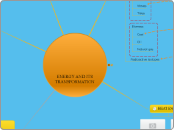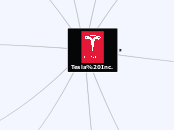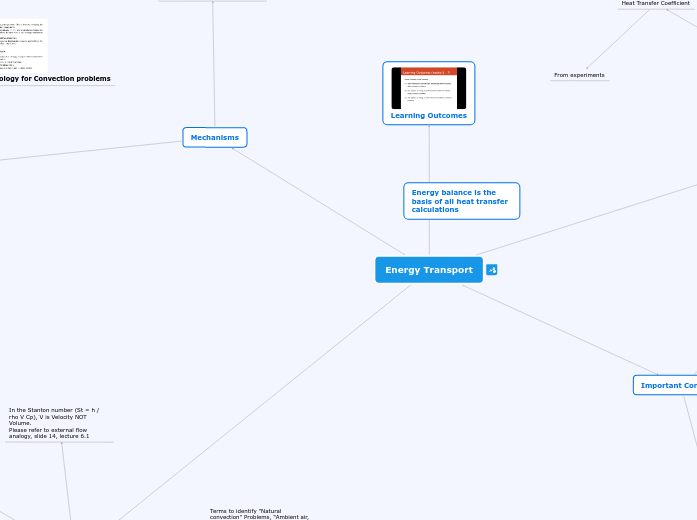door Titus Li 6 jaren geleden
278
Reaction
The discussed concepts encompass the mechanisms of energy transfer and the various states of matter, focusing on the roles of heat and enthalpy in phase changes. The behavior of small covalent molecules, particularly gases under different conditions, is highlighted, emphasizing their phase transitions and solubility properties.









